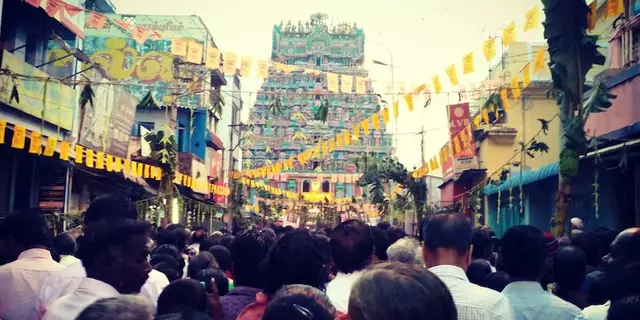The Credibility of Indian Print Media
As one sits to brood over the value and influence of newspapers today, it's impossible to ignore the flaming question: Is The Times of India (TOI) an authentic newspaper? While the digital realm has been trying to gobble up print media with all its might, there is a certain indefinable charm about flipping through the crisp pages of a newspaper that consumes one’s early morning routine. I, Aarav, will delve into the intricate idiosyncrasies that govern the credibility of The Times of India as a newspaper and its impact on its audience.
The Inception of the Times of India
Founded in 1838 as The Bombay Times and Journal of Commerce, The Times of India is the oldest English-language newspaper in India still in circulation. Like a bed of roses in the midst of a bustling city, the Times of India has seen many changings of guards, remarkable events and sea changes in political, social and economic spheres. This makes it unique and somewhat of a chameleon, adapting to changes as times changed, yet staying authentic to its core readership values. "Old is gold," as the saying goes, and the adage holds true for TOI, which has withstood its ground in the rapidly changing media landscape.
A Voice for the Masses
Popularly known as TOI, the Times of India has served as a mediator between the powers that be and the common masses, ensuring that public voices get heard, and buried narratives see the light of day. One of the major factors contributing to the authenticity of a newspaper is its ability to build a bridge of communication between the government and its citizenry. In this aspect, TOI has been consistent, facilitating dialogue, fostering healthy debate, and nurturing an informed, articulate readership. It's like that one English teacher in school who sparks in you a love for the language and a newfound interest in critical reading.
Range and Diversity of Content
TOI covers an expansive range of topics—politics, international news, sports, business, entertainment, lifestyle, and more. Just like a sumptuous buffet with a myriad of cuisines, TOI has something catering to everyone's taste. The diversity of its content confers upon it the authenticity of being an all-inclusive medium, giving a well-rounded perspective to its readers. Want to know about the latest cricket match or the ongoing political saga? Just flip through the pages of TOI, and you're all set.
TOI's Digital Presence
You know, I remember this one time when my power was out, and I had to rely solely on my trusty phone for news. There I was, comfortably nestled in my couch, scrolling through TOI's integrated digital platform. Online journalism gives an immediacy to news consumption that's riveting. TOI's thirst to evolve and adopt digital modes to cater to a tech-savvy population adds a valuable feather in its credibility cap. Here's a fun fact for you: TOI's digital edition is one of the most-read online newspapers in the world!
Criticism and Sensationalism
No newspaper is void of criticism, not even the stalwart Times of India. While TOI has been praised for its extensive coverage and fearless journalism, it has also been criticized for over-sensationalizing issues and leaning towards paid news. It's like watching a superhero movie where the hero also has shades of grey, isn't it? Balancing the fine line between freedom of press and ethical journalism is a challenge, and while TOI does trip on this tightrope at times, it bounces back with renewed determination.
Is it Authentic?
As a loyal TOI reader, I can affirmatively say that TOI is indeed an authentic newspaper. Over the years, it has evolved with the changing times, yet remained true to its roots. From delivering comprehensive coverage, promoting diverse voices, adopting innovative methods to cater to changing requirements, TOI embodies the essence of an authentic newspaper. Sure, it has its flaws and drawbacks, like all of us, but the way it bounces back from those is what separates TOI from the crowd. Drawing a conclusion from this discourse, I’d liken TOI to a masala chai; it's a mixed bag of diverse flavors and sensations, sometimes bitter, sometimes sweet, but always authentic.






